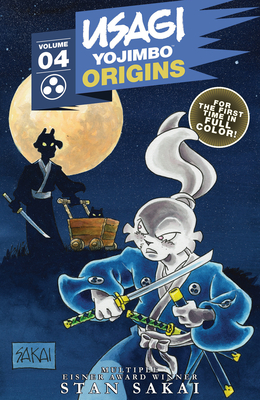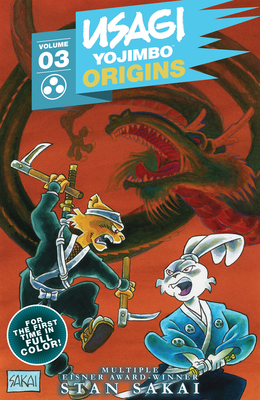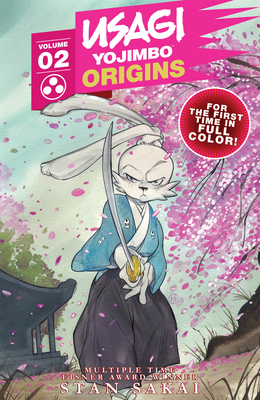
Part of Series
Presenting the complete saga of rabbit ronin Miyamoto Usagi from the very beginning in new, definitive color editions! This volume focuses on a series of important short stories from the early days of Usagi’s adventures, including “Frost and Fire,” “A Kite Story,” “Blood Wings,” “The Way of the Samurai,” and “Lone Goat and Kid”! Beginning with these early issues, find out why the series has won ten Eisner Awards, two Harvey Awards, an American Library Association Award, and has been called by Stan Lee, "one of the most original, innovative, well-executed comic books anywhere to be found." Usagi Yojimbo Origins, Vol. 4: Lone Goat and Kid collects all-new color editions of issues #19–24 of Usagi Yojimbo, Vol. 1, originally published in black-and-white by Fantagraphics from December 1989 to September 1990.
Author

Stan Sakai (Japanese: 坂井 スタンSakai Sutan; born May 25, 1953) is an artist who became known as an Eisner Award-winning comic book originator. Born in Kyoto, Sakai grew up in Hawaii and studied fine arts at the University of Hawaii. He later attended the Art Center College of Design in Pasadena, California. He and his wife, Sharon, presently reside and work in Pasadena. He began his career by lettering comic books (notably Groo the Wanderer by Sergio Aragonés and Mark Evanier) and became famous with the production of Usagi Yojimbo, the epic saga of Miyamoto Usagi, a samurai rabbit living in late-sixteenth and early-seventeenth-century Japan. First published in 1984, the comic continues to this day, with Sakai as the lone author and nearly-sole artist (Tom Luth serves as the main colorist on the series, and Sergio Aragonés has made two small contributions to the series: the story "Broken Ritual" is based on an idea by Aragonés, and he served as a guest inker for the black and white version of the story "Return to Adachi Plain" that is featured in the Volume 11 trade paper-back edition of Usagi Yojimbo). He also made a futuristic spin-off series Space Usagi. His favorite movie is Satomi Hakkenden (1959).


